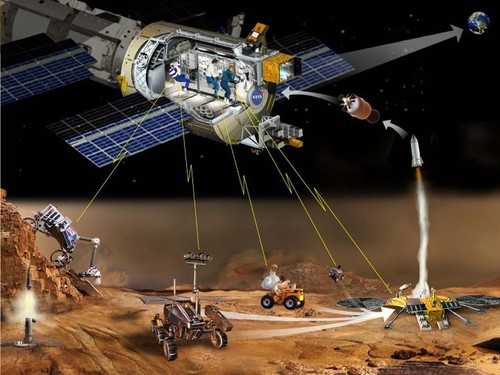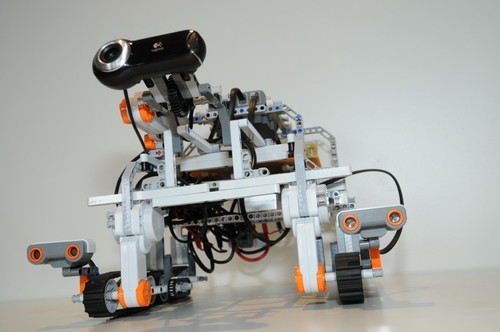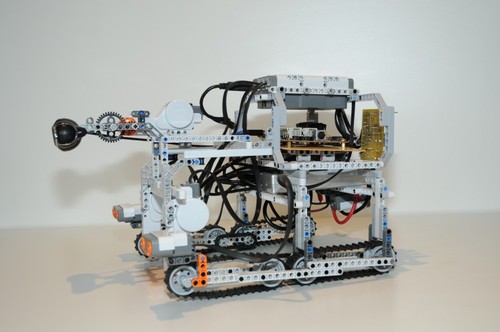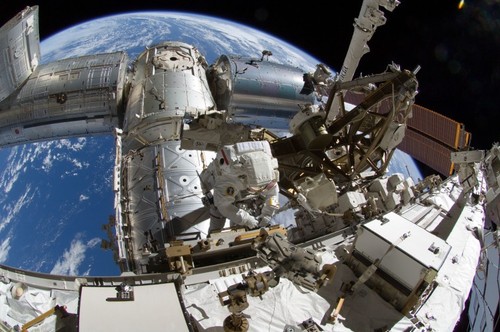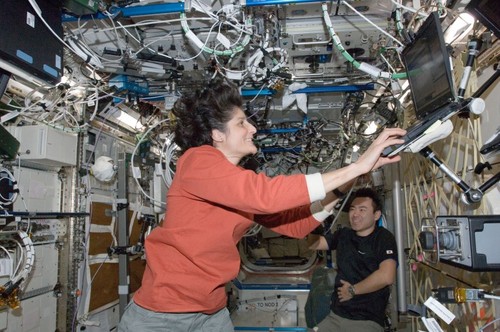NASA DTN Protocol: Interplanetary Internet
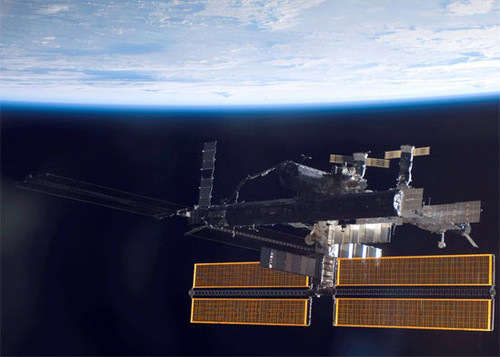
What seemed to be science fiction only yesterday might become a reality sooner that we think. Just try to imagine: someday your kids might send an email or video to their child who has become a Mars colonist! Sounds unrealistic? First steps in using space interplanetary internet have been made in late October by an astronaut Sunita Williams who used a laptop with experimental technology called Disruption-Tolerant Networking (DTN) protocol to control a LEGO Mindstorm robot on Earth in real time despite being in orbit at an altitude of 230 miles (370 km). This experiment has been conducted by the European Space Agency (ESA) and NASA with the purpose to simulate orbital telepresence. One idea that NASA and ESA are looking at involves sending astronauts on missions to orbit planets like Mars or Venus, and then sending down robots that can be controlled remotely with the DTN system. The DTN is basically like the Internet as we know it, but woven into a sophisticated network of nodes that act as data connection points to accommodate delays over the vast distances in space. Data gets stored from node to node and if there is an interruption, they hold the data until communication is back online. The stored data then gets forwarded along. It’s a form of “space internet” that would allow astronauts to control robots in real time with less chance of that all-too familiar internet phenomenon of a failed download. When the DTN is the not so distant future, it will help us communicate with Mars rovers like Curiosity and other long distance spacecraft more effectively. NASA reports the successful test has proved the viability of a system like the DTN and this recent test is a very vivid display of technology necessary to make manned, long distance space missions a reality.
Via:dvice.com
| Tweet |

